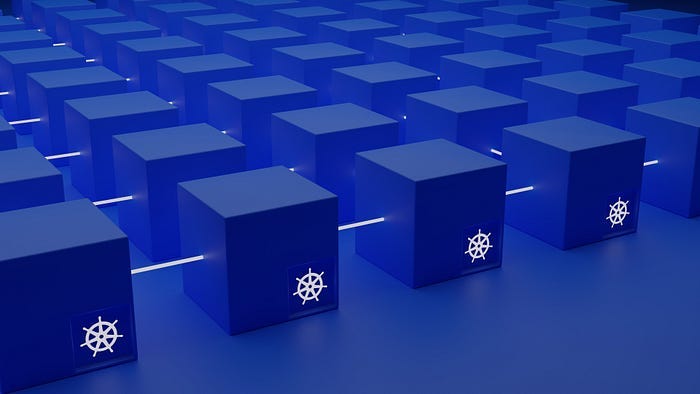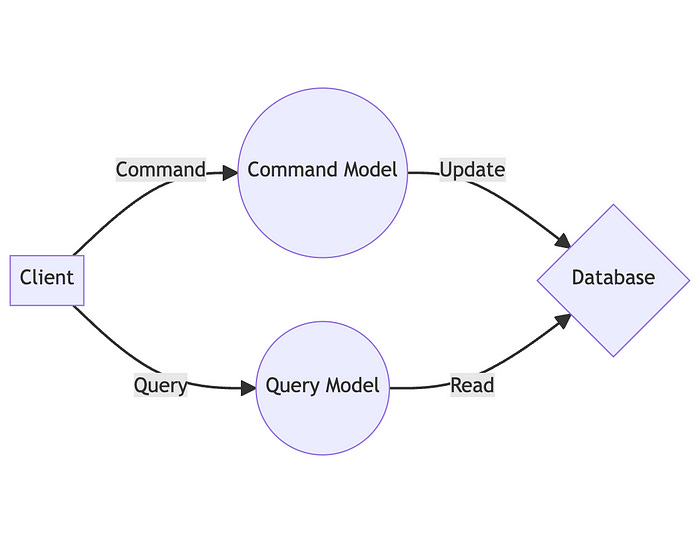Demystifying CQRS: A Java-Based Real-World Perspective
Explore the basics of CQRS with real-world examples. Learn how to implement this pattern using Java and understand its benefits in software architecture.
Hello there! Let’s embark on an adventurous journey to unravel the intricacies of CQRS (Command and Query Responsibility Segregation). But don’t you worry, we’ll keep the ride smooth, fun, and casual!
1. What is CQRS?
CQRS stands for Command Query Responsibility Segregation. It is a software architectural pattern that separates the read (query) and write (command) responsibilities into different objects. The fundamental idea is to break down your system into two parts:
The Command part, which does the altering of the data.
The Query part, which reads and presents the data.
Think of it like the two different ends of a telescope — one for viewing the far-off galaxies (Query) and the other for focusing the lens (Command).
The concept of CQRS was created by Greg Young, and it primarily comes into play when you’re dealing with high-performance applications where you need to separate the load between the read and write operations.
A simple diagram to visualize CQRS could look something like this:
But hey, remember, CQRS is not a silver bullet for all your development scenarios. It’s important to analyze your project’s needs before deciding to implement this pattern.
2. How to Use CQRS
Let’s assume we are developing a bookstore system. Our main operations are adding new books and searching for books.
2.1 Command Model
Here’s a simplified example of what our command model would look like in Java:
public interface Command {
void execute();
}
public class AddBookCommand implements Command {
private BookRepository repository;
private Book book;
public AddBookCommand(BookRepository repository, Book book) {
this.repository = repository;
this.book = book;
}
@Override
public void execute() {
repository.add(book);
}
}In this code, we define a command interface and a concrete AddBookCommand that adds a book to the repository when executed.
2.2 Query Model
Now, let’s move onto our query model:
public interface Query {
Object execute();
}
public class SearchBooksQuery implements Query {
private BookRepository repository;
private String title;
public SearchBooksQuery(BookRepository repository, String title) {
this.repository = repository;
this.title = title;
}
@Override
public Object execute() {
return repository.findByTitle(title);
}
}This query model follows a similar pattern to the command model. We have a SearchBooksQuery that finds all books with a given title in the repository.
3. Advantages of CQRS
Scalability: CQRS can help you scale the read and write operations independently. If your app experiences heavy reads, you can scale the query side without touching the command side, and vice versa.
Performance Optimization: Since CQRS splits read and write operations, you can optimize them individually for better performance.
Complexity Management: CQRS can simplify complex business logic by separating command and query operations, which can help reduce coupling and make the code easier to maintain and understand.
Flexibility: With CQRS, you can have different models for reading and writing data, allowing you to structure your data in the way that makes the most sense for each operation.
4. Real-World Example
Twitter is a good example of an application that could benefit from CQRS. The action of posting a tweet is a write operation that happens much less frequently than reading tweets. With CQRS, Twitter could separately scale and optimize the infrastructure for posting and reading tweets.
5. Implementing CQRS
CQRS does not specify how the data transfer between the command and query sides should happen. You can use events, dual writes, or another mechanism depending on your needs.
Here’s an example with events using Spring framework:
When a command is executed, it changes the state of the application and emits an event.
An event handler picks up the event and updates the query model.
@Service
public class BookEventHandler {
private final BookReadRepository bookReadRepository;
public BookEventHandler(BookReadRepository bookReadRepository) {
this.bookReadRepository = bookReadRepository;
}
@EventListener
public void on(BookAddedEvent event) {
BookReadModel bookReadModel = new BookReadModel(event.getBookId(), event.getTitle(), event.getAuthor());
bookReadRepository.save(bookReadModel);
}
}In the above code, we create an event handler that listens for BookAddedEvent events. When an event is triggered, it updates the read model.
Wrapping Up
That’s the gist of CQRS! It’s a potent pattern, but remember, it doesn’t fit every project. It introduces extra complexity to your system, so use it where it makes sense. When applied correctly, CQRS can lead to a clean, efficient, and maintainable system.
By now, you should have a grasp of what CQRS is and how to implement it. Of course, there’s a lot more to learn and many variations of the pattern. Feel free to explore more, and happy coding!
🔗 Connect with me on LinkedIn!
I hope you found this article helpful! If you’re interested in learning more and staying up-to-date with my latest insights and articles, don’t hesitate to connect with me on LinkedIn.
Let’s grow our networks, engage in meaningful discussions, and share our experiences in the world of software development and beyond. Looking forward to connecting with you! 😊



